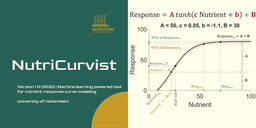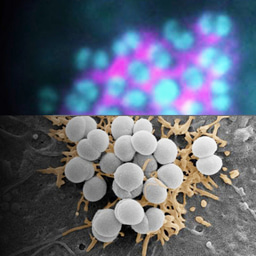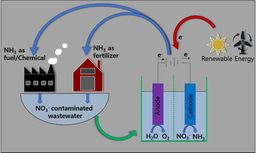The hidden role of food behind the drought-conflicts nexus in Central America
Published in Sustainability
In our study, we try to delve deeper into the water-conflict nexus by exploring how water availability affects food production and food security, and, in turn, how food security is related to conflicts occurring in Central America, from 1996 to 2016. In this region, the dry season occurring in July and August, called canícula, severely impacts agriculture, which is the main source of income for many people in rural areas. The cities, instead, have seen a rise in violence in the 1990s due to the proliferation of young street gangs known as maras. We use simulations of the water cycle in the rural areas of Central America to understand how drought affects agricultural production. Then, knowing which crops are directly used as food and which are sold, we can map how variations in agricultural production translate into variations in the availability of, and economic access to, food. We also look at how the internal trade of agricultural goods can “move” these levels of food insecurity, rebalancing the availability of food from food-producing areas to food-consuming areas, such as cities (Figure 1).

The map reports the computed food availability (at 5 arc-grid resolution) and the conflict occurrences, retrieved from the Social Conflict Analysis Database (SCAD) (Salehyan et al., 2012), for the years 2014-2016. The main metropolitan areas of Guatemala City, San Salvador and Tegucigalpa are severely food-insecure, with a local food supply below of 1800 kcal cap-1 day-1. They are connected to the main food producer departments of Jutiapa and Retalhuleu (Guatemala), Chalatenango and La Paz (El Salvador), and Olancho (Honduras), through the main trade routes provided by the Production and Trade Flow Maps elaborated by the Famine Early Warning Systems Network (FEWS NET, 2012).
Finally, we use a complex statistical model to understand how all these factors relate to the occurrence of violent conflicts. We find that food availability and access to food connect well to conflict, as does population growth. Stable peace conditions seem to be favored by particular social conditions, while changes in availability and access to water and food, also considering local trade, seem to play more of a role in already conflict-torn areas. In particular, conflicts appear more likely to occur when the internal trade network fails to compensate for the imbalances in food availability between rural and urban areas. More in general, putting food security as an additional link into the chain between water and conflict allows us to analyze it more comprehensively. This helps clarifying how climate and water can interact with human wellbeing and discontent, and it also shows the importance of strengthening the resilience of rural communities in the developing world to prevent the rise of social stress.
Salehyan, Idean, Cullen S. Hendrix, Jesse Hamner, Christina Case, Christopher Linebarger, Emily Stull, and J. W. Social conflict in Africa (SCAD): A new database. International Interactions 38, 503–511 (2012).
FEWS NET. Famine Early Warning Systems Network. Markets and Trade (2012).
Follow the Topic
-
Nature Water

This journal publishes research on the evolving relationship between society and water resources on a monthly basis. It covers the natural sciences, engineering, and social sciences, with a particular interest in regards to interdisciplinary research.
Related Collections
With Collections, you can get published faster and increase your visibility.
Water pollution and advanced treatment processes
Publishing Model: Hybrid
Deadline: Feb 28, 2026
Remote sensing and forests
Publishing Model: Hybrid
Deadline: Jan 31, 2026






Please sign in or register for FREE
If you are a registered user on Research Communities by Springer Nature, please sign in